The Influencer Marketing Market is currently characterized by a dynamic competitive landscape, driven by the increasing integration of digital platforms and the growing demand for authentic brand engagement. Key players such as Influencity (ES), AspireIQ (US), and Traackr (US) are strategically positioning themselves through innovative solutions and partnerships. Influencity (ES) focuses on enhancing its analytics capabilities, which allows brands to measure the effectiveness of their influencer campaigns more accurately. Meanwhile, AspireIQ (US) emphasizes community-driven marketing, fostering deeper connections between brands and influencers, which appears to resonate well with consumers seeking authenticity. Traackr (US) has been enhancing its data-driven approach, leveraging AI to optimize influencer selection and campaign performance, thereby shaping a competitive environment that prioritizes measurable outcomes and strategic alignment with brand values.
The market structure is moderately fragmented, with numerous players vying for market share. This fragmentation is indicative of a diverse range of strategies employed by companies, including localized marketing efforts and supply chain optimization. The collective influence of these key players fosters a competitive atmosphere where innovation and adaptability are paramount. Companies are increasingly localizing their strategies to cater to regional preferences, which may enhance their market penetration and customer loyalty.
In November 2025, Influencity (ES) announced a partnership with a leading social media platform to integrate advanced analytics tools directly into their influencer marketing suite. This strategic move is likely to enhance the user experience by providing brands with real-time insights into campaign performance, thereby solidifying Influencity's position as a leader in data-driven influencer marketing solutions. The partnership may also facilitate greater collaboration between brands and influencers, fostering a more integrated marketing approach.
In October 2025, AspireIQ (US) launched a new feature that allows brands to create and manage influencer campaigns directly from their mobile devices. This innovation reflects a growing trend towards mobile-first marketing strategies, enabling brands to respond swiftly to market changes and engage with influencers on-the-go. The introduction of this feature may significantly enhance user engagement and streamline campaign management, positioning AspireIQ as a forward-thinking player in the market.
In September 2025, Traackr (US) expanded its platform capabilities by incorporating machine learning algorithms to better predict influencer performance based on historical data. This enhancement is indicative of a broader trend towards AI integration within the influencer marketing space, suggesting that companies are increasingly relying on technology to drive decision-making processes. By leveraging predictive analytics, Traackr may provide brands with a competitive edge in selecting the right influencers for their campaigns.
As of December 2025, the Influencer Marketing Market is witnessing trends that emphasize digitalization, sustainability, and the integration of AI technologies. Strategic alliances are becoming increasingly vital, as companies seek to enhance their service offerings and expand their market reach. The competitive differentiation is likely to evolve from traditional price-based competition towards a focus on innovation, technological advancements, and supply chain reliability. This shift suggests that companies that prioritize these elements may be better positioned to thrive in an ever-evolving market landscape.
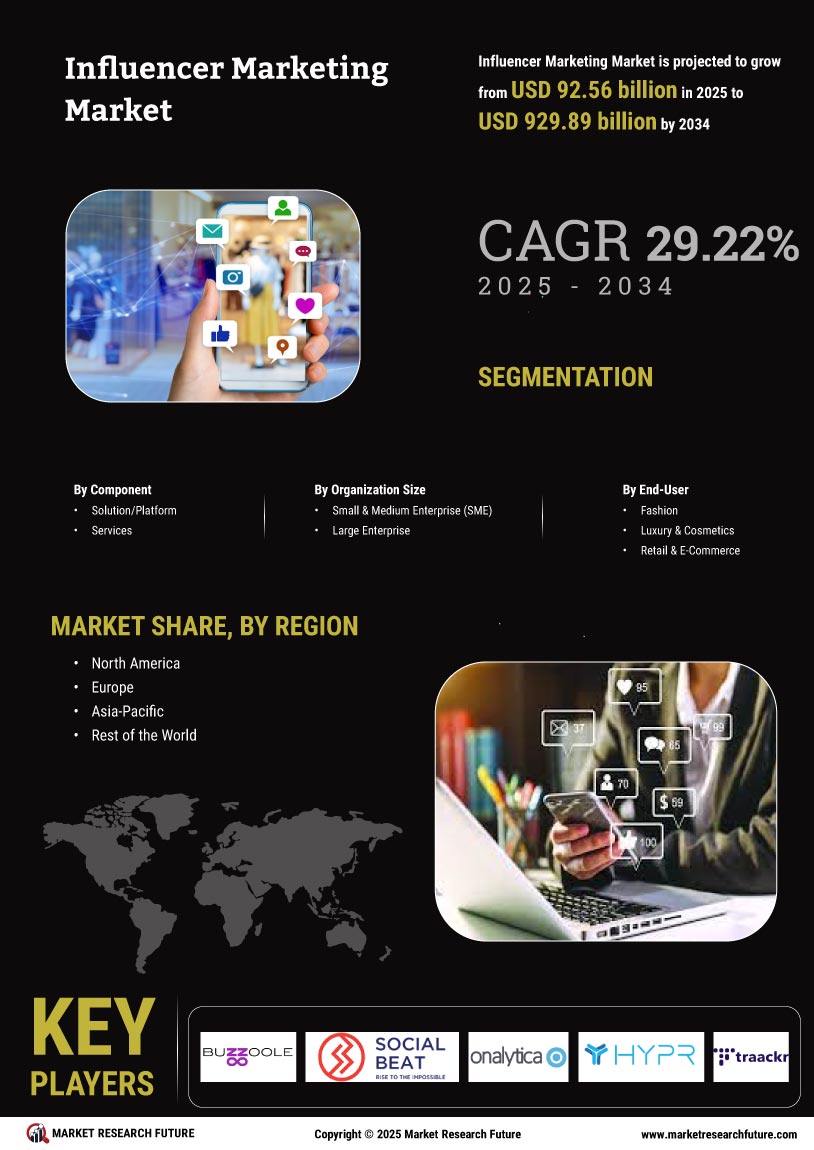

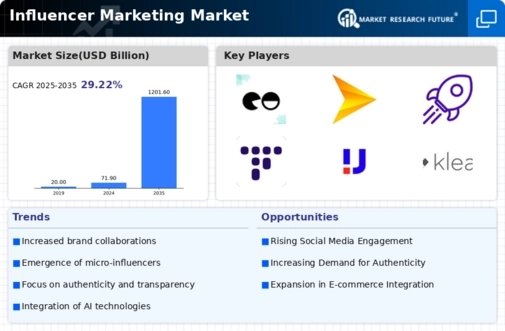
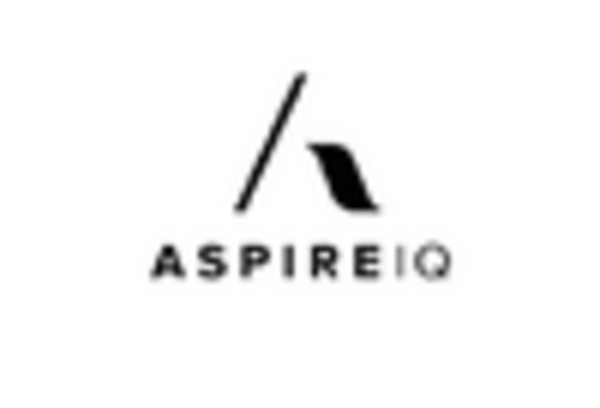
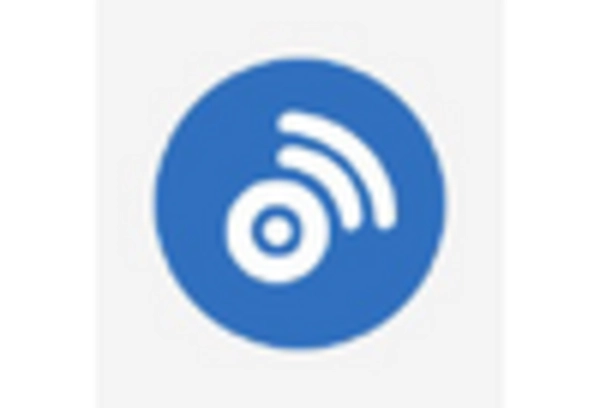
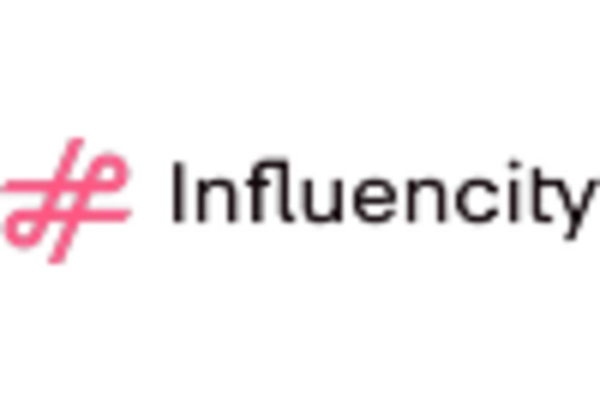
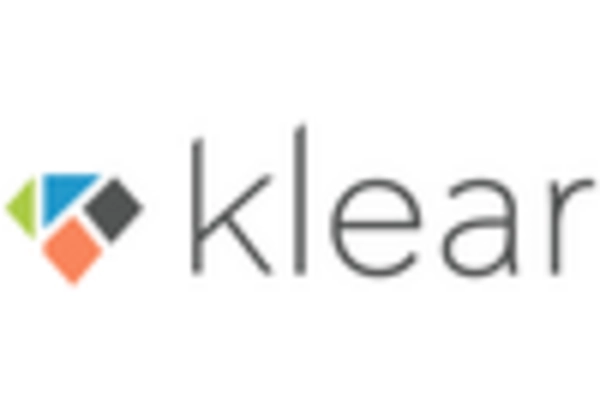
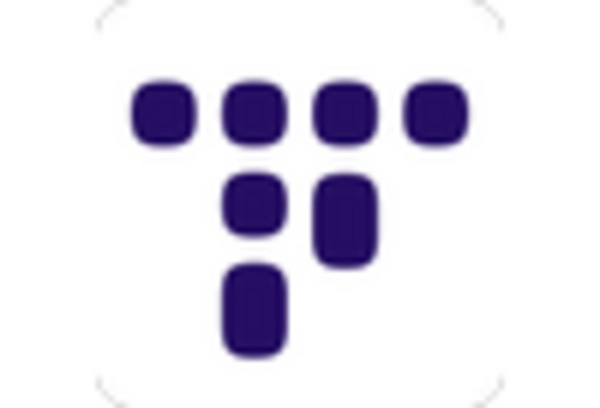
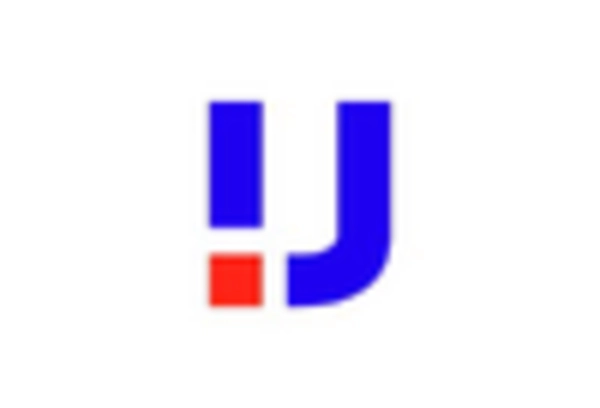








Leave a Comment